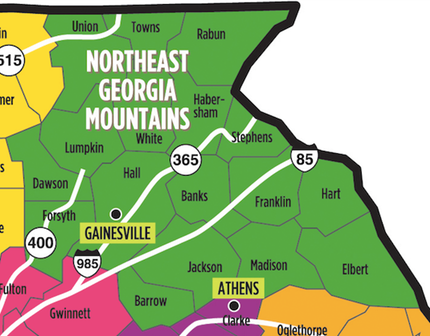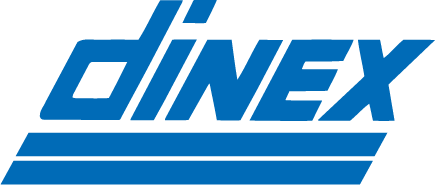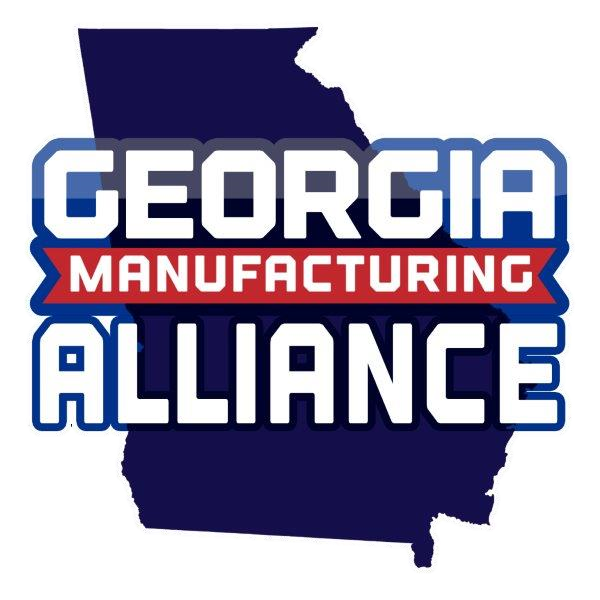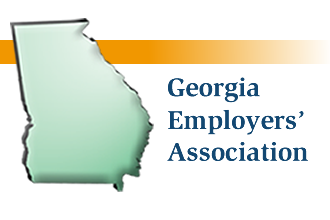picture from: yoursmartmoneymoves.com
When you change employers, or retire, you often have a
retirement plan balance in a defined contribution plan, such as a 401(k)
plan. In this article, we will discuss
the “how-to” aspects of moving your retirement plan balance from your 401(k)
plan. Note that, in almost all cases,
your 401(k) plan balance is held with a financial institution that is either a
bank, a brokerage firm, a mutual fund shop (asset manager), or insurance
company. In the 21st century,
there can be much overlap among these organizations.
The questions you will need to ask and answer are 1) how
much money can I move, 2) what forms do I need to sign, 3) where can I move the
money, and 4) what are the tax implications?
Let’s look at each of these questions.
You can move 100% of your vested balance. Your vested balance is listed on your 401(k)
statement, which comes to you either by hard copy, or is electronically posted
for your retrieval. If electronically
posted, you should get an email alert letting you know that statements are
ready for review. Any money that you add
to the plan, from your own paycheck, referred to as your deferrals, is always
100% vested, meaning it always belongs to you.
You will typically vest in employer contributions over time.
If you haven’t already done so, get a copy of your most
recent quarterly statement. If you don’t
know which vendor holds the funds, call the HR or benefits department of your
(previous) employer, and ask for the website or toll free number for this
vendor. When you call, you will need to
have, at a minimum, your name, social, and date of birth available, for
purposes of identification.
If you want to move the balance from your previous 401(k)
plan, you will need to request what is referred to as an election package. This has nothing to do with voting for
candidates. It’s a set of forms that
allow you to elect what you would like to do with your plan balance. Some vendors can send this electronically,
though many still send this in hard copy format.
Within this package are several pages of required disclosures,
most of them discussing tax consequences of your choices. What you are looking for are the pages that
allow you to move your money to an IRA, or take the money as a cash
distribution, or move your money to a new employer’s 401(k) plan, which are the
three most common choices. When you find
these pages, make your choice.
If you elect to move the money to a new employer’s plan, you
will need to provide some information about the vendor of the current/new plan. This typically includes the plan name, such
as “Acme Manufacturing 401(k) Plan”, a service center mailing address, and your
account number.
If you choose to move the money to an IRA, you will need to
provide some information about the financial institution who will custody (or
take possession of) the IRA assets.
Almost every financial institution will be glad to hold your IRA
money. We have found that many IRA
owners prefer organizations such as Vanguard, Fidelity, or Schwab. Typically, you will need to provide your
account number, a service center mailing address for the financial institution,
and account titling. Since all IRAs are
individual (not joint) accounts, titling is typically something like “Fidelity
Investments FBO John Smith IRA”. FBO is
an industry acronym for “For Benefit Of”.
If you choose to take your balance as a cash distribution,
you simply check the appropriate box, and include your current address. Note that this option has tax consequences,
as noted below.
If you are married, your spouse will need to consent to
moving the money from the old plan, with his or her signature. This is required by all vendors of which we
are aware, as current law gives spouses certain rights to employer sponsored
plan benefits, which are waived if you move the funds.
If you move the money to an IRA or new employer plan, there
are no tax consequences, as this is not a taxable event. Typically though, you will receive a 1099
from the vendor of the old plan, since the previous vendor disbursed
funds. The distribution shown on this
1099 goes on line 15a of the 1040 (for the 2015 tax return), and is considered
a non-taxable distribution.
If you take the money as a cash distribution, an activity we
highly discourage, the distribution will be taxed as ordinary income, not as
long term gain. In addition, if you are
under age 59.5, you will owe a 10% tax penalty on the distribution. This means that, on a $50,000 distribution,
you have added $50,000 in fully taxable income for the year, and you also get
to pay a $5000 tax penalty for the privilege of having access to your
money. Most vendors withhold taxes,
though a few give you the option of choosing not to have tax withholding on the
distribution.
Once you have made your choices, completed the forms, had
your spouse sign as appropriate, and resigned yourself to paying an enormous
amount of taxes (if you elect to take cash), you will need to send this
document package to the address referenced in the package. Most of these packages will need to be
returned to your previous employer, or their designated representative, as
someone will need to sign off on this distribution, on behalf of your former
employer.
A few final notes.
Some of the vendors will ask for a notarized signature, or a medallion
stamp or signature. If you need a
medallion signature, your local bank may be able to help you with this, though
fewer banks are offering this service than have in the past. And of course, remember to make a copy of all
the pages, before you mail or email any of this to any person or
organization.
Finally, remember the standard disclaimer. What you have just read is general
information. None of it should be
construed as personal legal, tax or financial advice. Consult your own professionals to determine
the best course of action for your personal situation.
Centurion Advisory Group was founded to offer clients a
place to focus on the integration of life, money, and purpose. Our focus is on offering advice, planning,
and investment management services in a way that allows clients to feel as if
they have mastered the use of money, have the freedom to enjoy life, and the
desire to live with purpose. As a
professional services firm, we are paid solely by clients, and receive no
compensation from product sales or product vendors. The professionals who are part of the CAG
team help families build, maintain, and transfer wealth, consistent with the
family's goals. For more information
about the company and its services, go to www.centurionag.com,
or email info@centurionag.com, or
call 770.817.0525.




